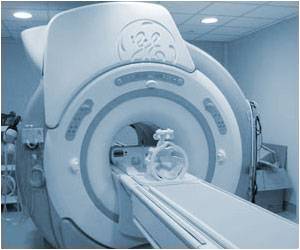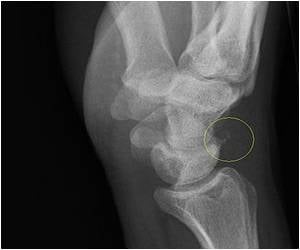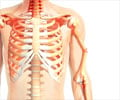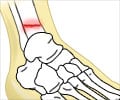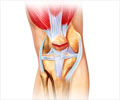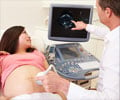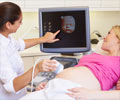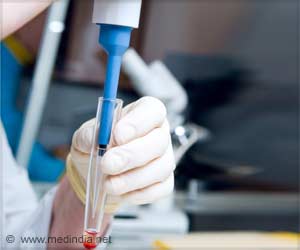A minimally invasive procedure using microbubbles and ultrasound that helps deliver gene therapy for bone regeneration has the potential to heal broken bones in pigs.
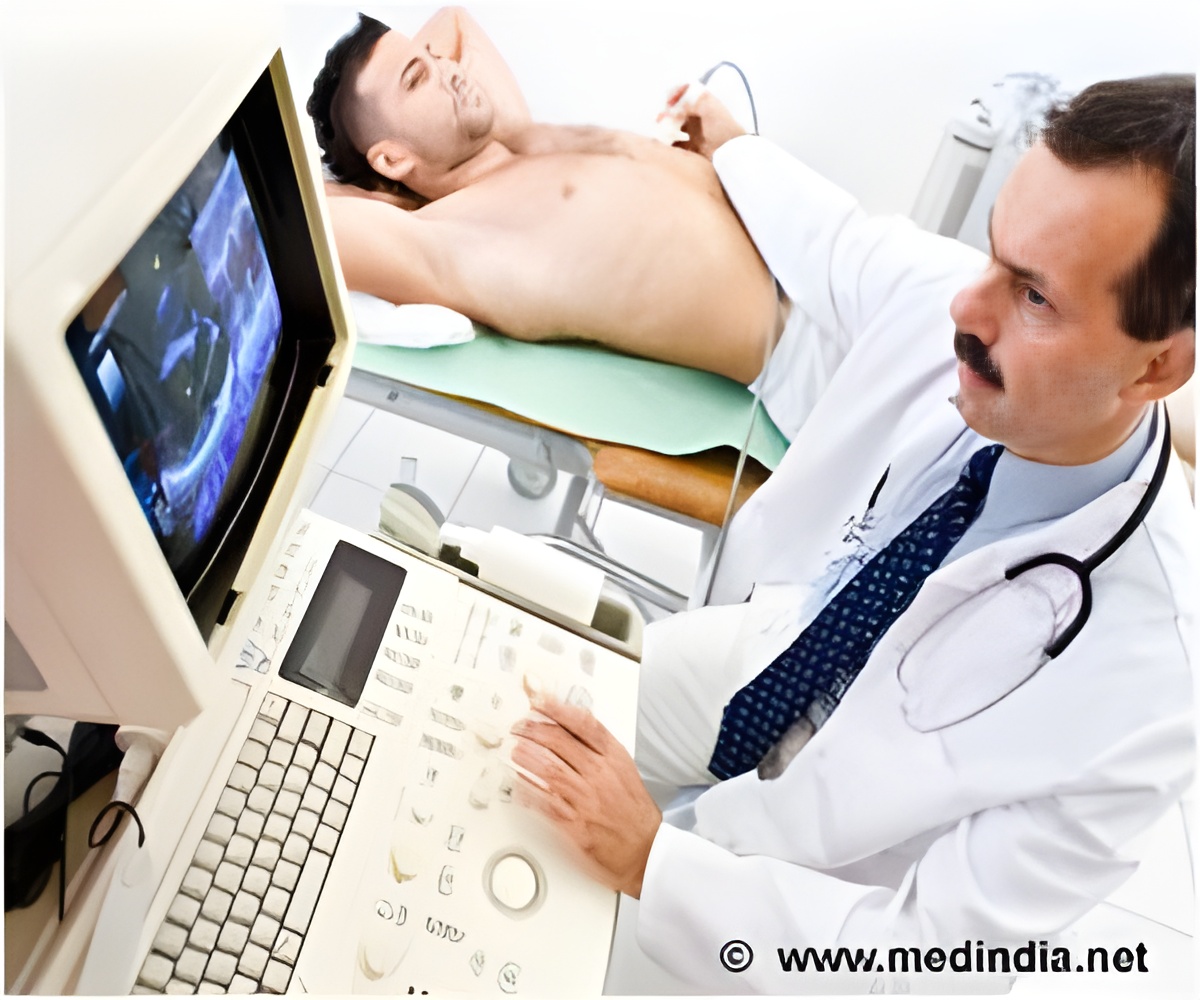
‘The new ultrasound and microbubbles have proven to be minimally invasive and safe. They did not trigger inflammation and expression of the introduced gene was undetectable after 10 days.’





More than two million bone grafts are performed around the world annually in order to treat ’non-union’ fractures. This procedure is carried out on bones that fail to produce new tissues and do not heal properly. However, harvesting fresh bones from patients is often painful and donated grafts from tissue banks frequently fail to integrate.
The new therapy, detailed in the journal Science Translational Medicine, facilitated the natural growth of stem cells to create more bone marrow in broken bones that cannot heal on their own.
First, researchers placed a collagen scaffold at the site of the fracture to provide a welcoming niche for bone progenitor cells.
Next, they injected microbubbles mixed with genetic material for a bone growth factor.
Advertisement
The finding could prove beneficial in different tissue engineering applications.
Advertisement
The new ultrasound and microbubbles have proven to be minimally invasive and safe. They did not trigger inflammation and expression of the introduced gene was undetectable after 10 days.
Source-IANS


